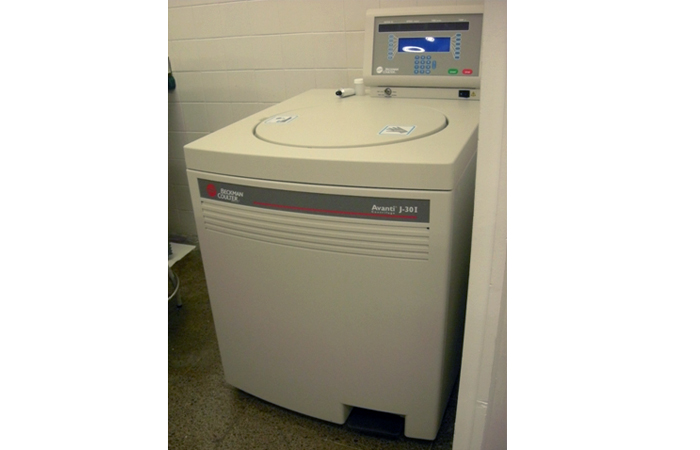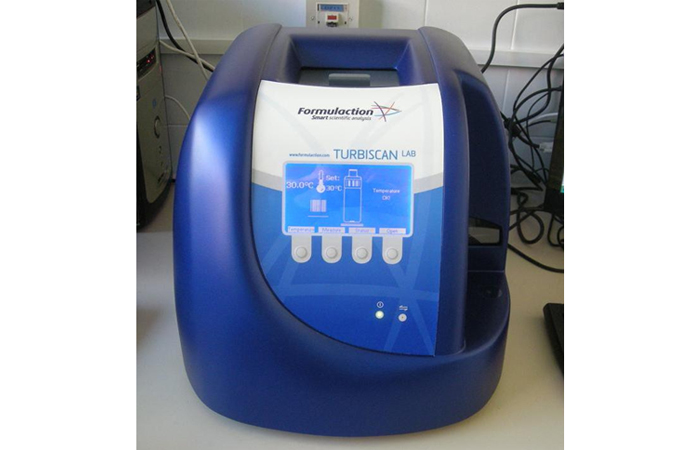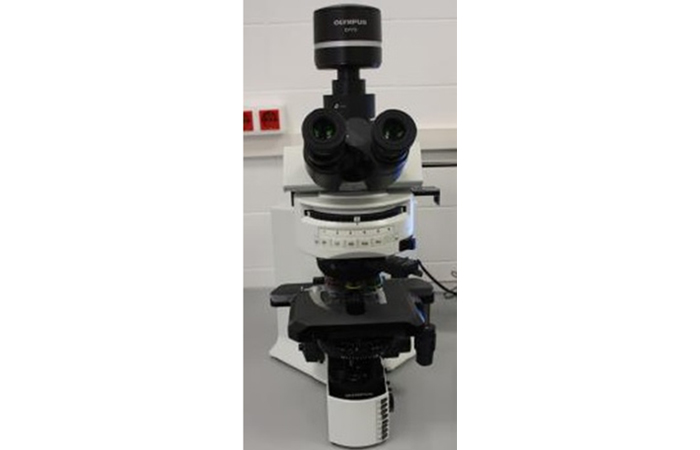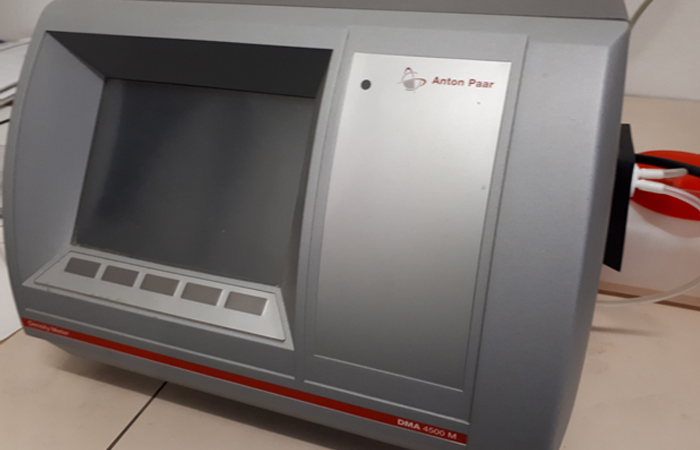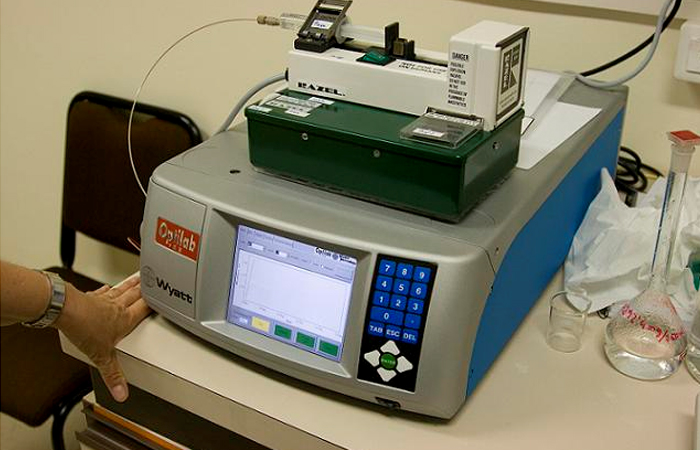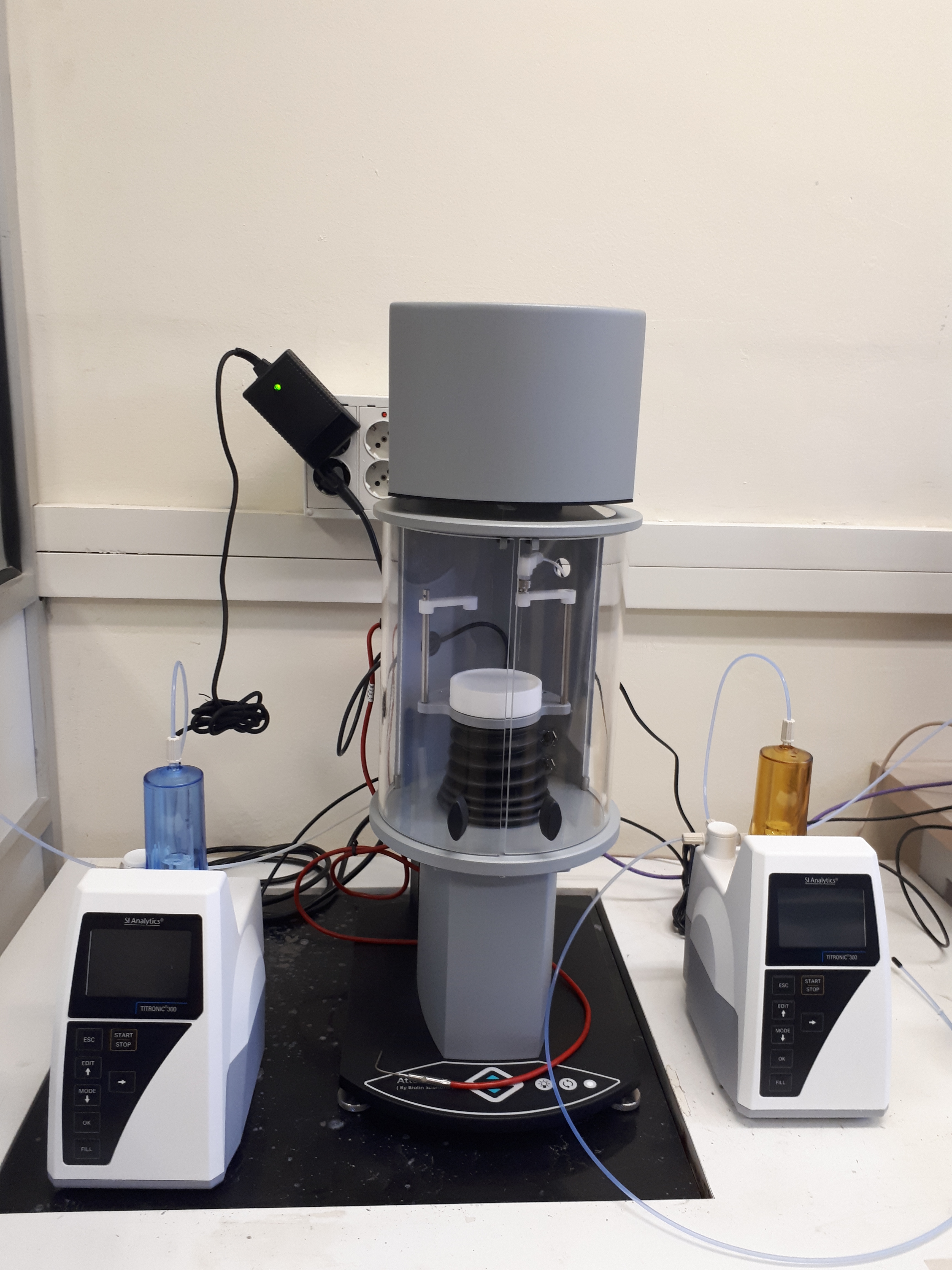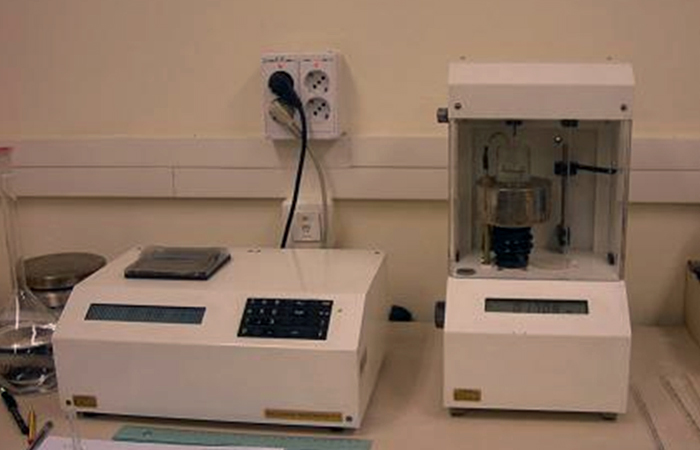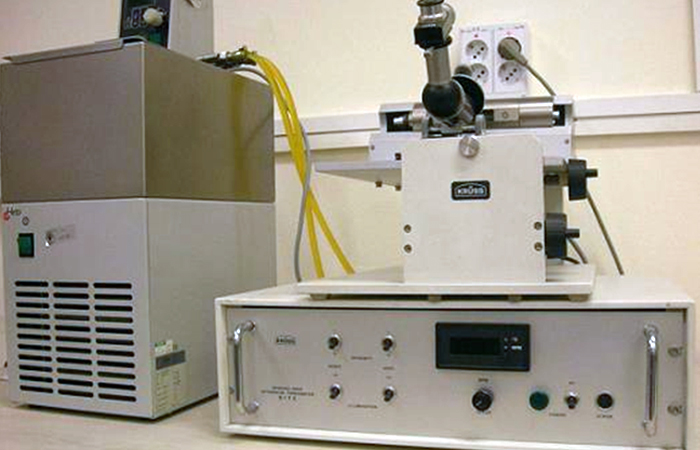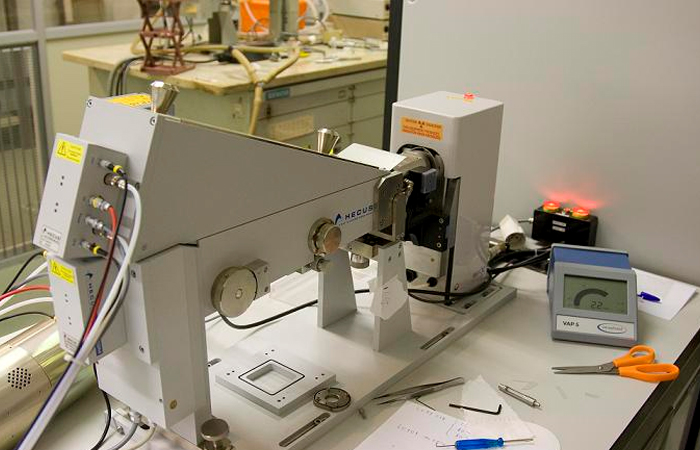U13-S06. Confined compression tests Instron MicroTester
Confined compression tests Instron MicroTester
Samples are compressed along an axis by measuring force and displacement. Cycling protocols can be integrated into the mechanical test. Mechanical and viscoelastic properties can be studied. Force is measured by means of load cells.
Customer benefits
- Load cells are available with different full-sales depending on the material to test.
- Tests can be controlled by means of displacement or force.
- Specific protocols according customer requirements.
- Adaptable system according to sample geometry.
Target customer
Public and private research groups focused on biomaterials and tissue mechanical characterization.
References
I. Cabeza-Gil, I. Ríos-Ruiz, B. Calvo, Experimental evaluation of the injection force exerted in intraocular lens delivery with syringe-type injectors,
Journal of the Mechanical Behavior of Biomedical Materials, 124, 2021, 104793, ISSN 1751-6161, Doi: 10.1016/j.jmbbm.2021.104793.
Additional information









